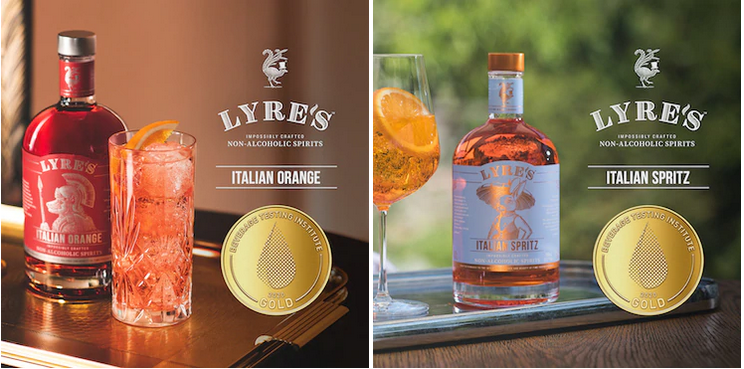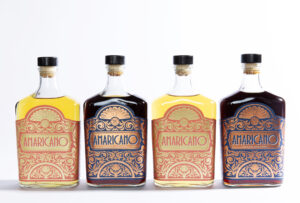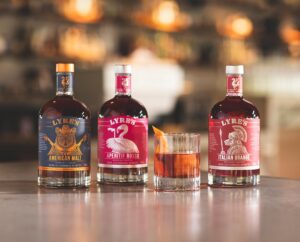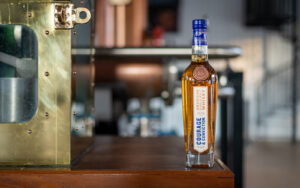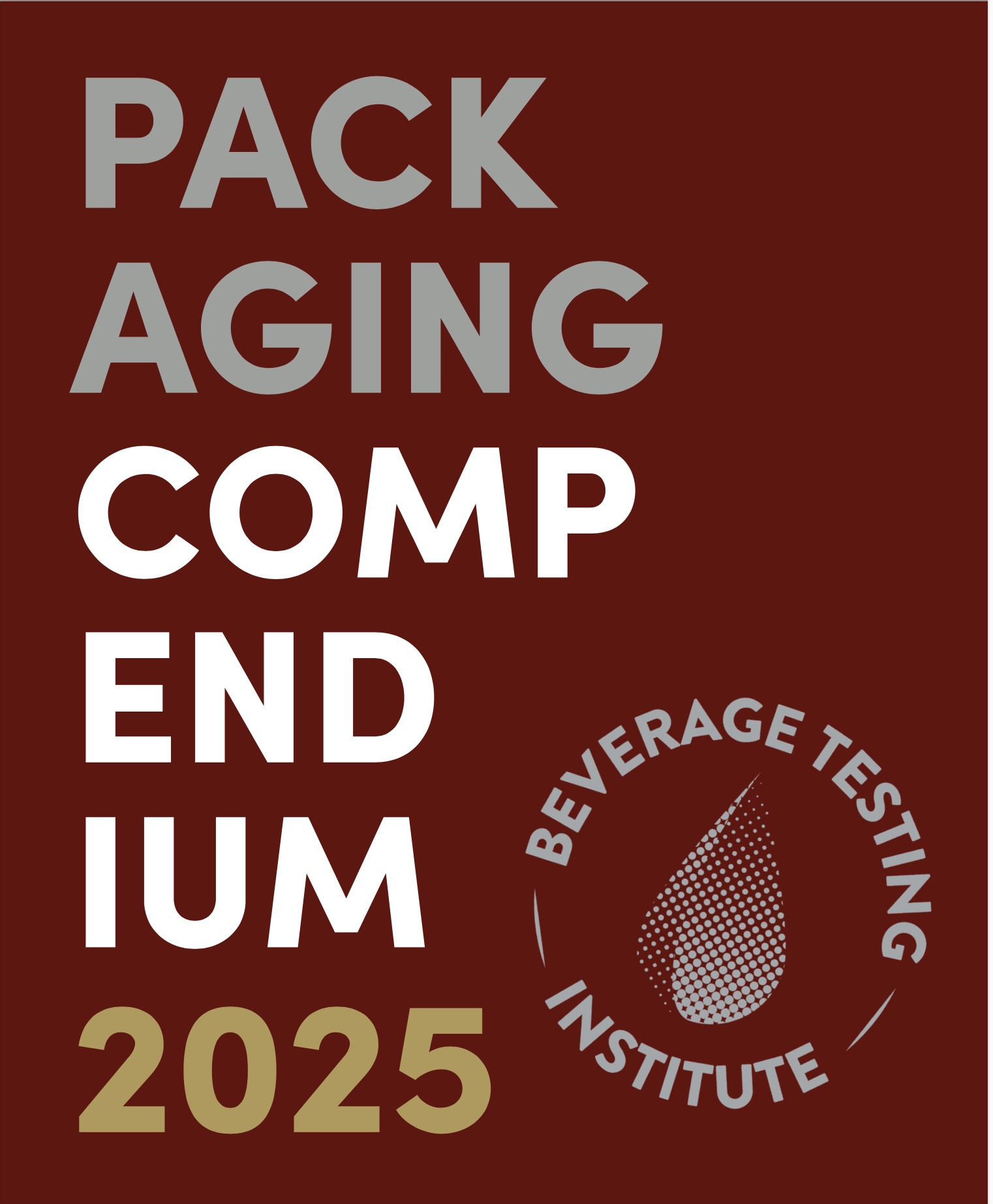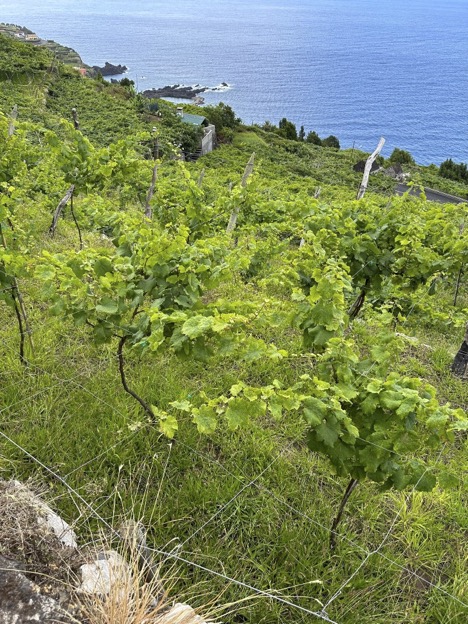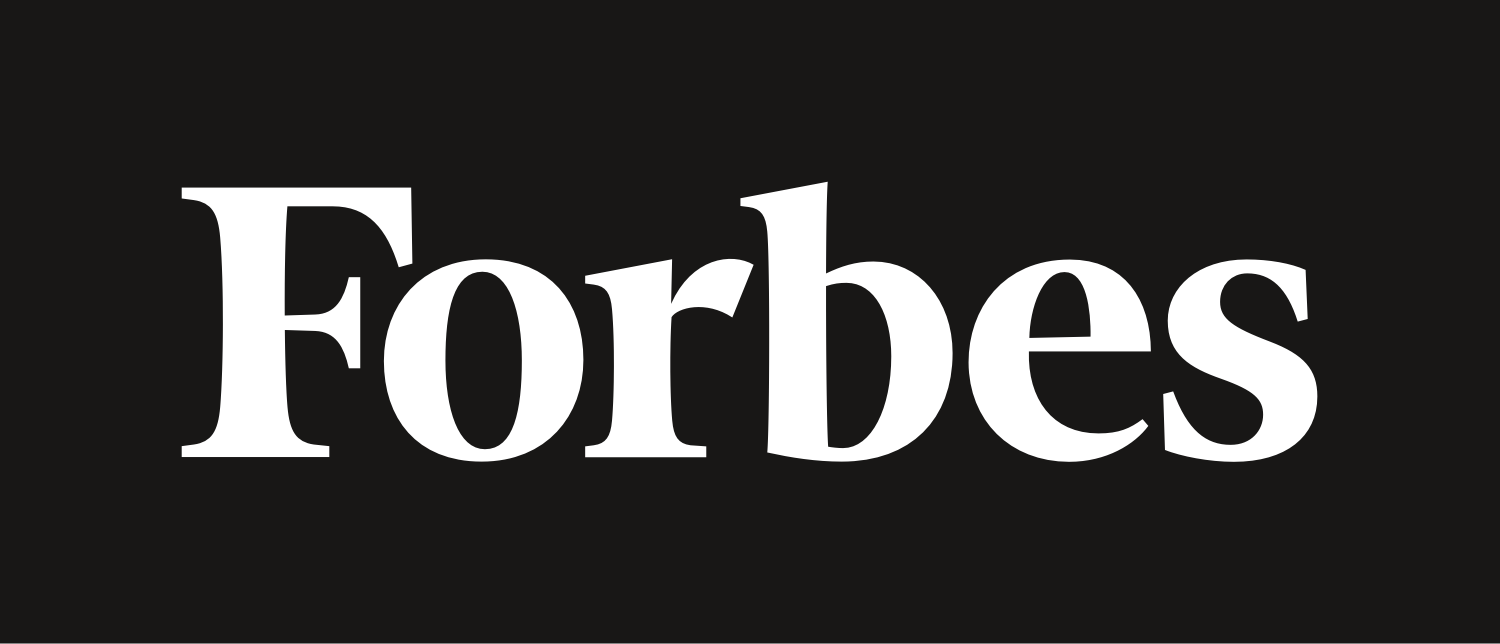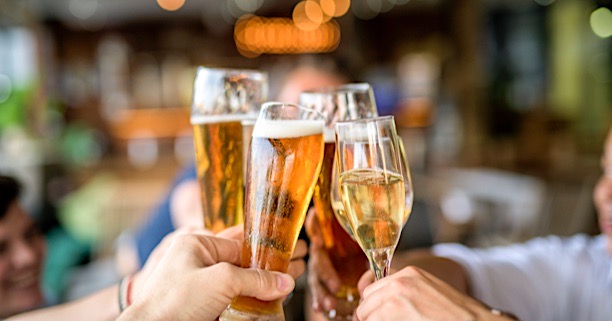In the unparalleled reality of the global pandemic, alcohol beverage brands must push themselves harder than ever in order to stay afloat. Nielsen estimates that across all alcohol categories, US markets alone must sustain 22% volume growth in off-premise sales “in order to merely level off from the impact of closed bars and restaurants.” To create and continue this necessary momentum, brands are having to innovate quickly, and we spoke with three in particular who feel that their successful swivel into digital marketing has ensured their survival.
Viable Vicissitude
Greg Goodson, Digital Marketing Manager for Virginia Distillery Co., says that “when COVID hit and hit hard, my position became three times as important.” On-premise closures meant furloughing of sales staff and the company needed to make fast changes. Goodson’s collection of previous experience at a digital ad agency, an e-commerce company, and a software startup prepared him to respond quickly, and he prioritized well, stating that “it’s been like a startup” and so “we certainly put more budget towards [digital marketing].” Another producer, Fast Penny Spirits, has been facing similar challenges when launching their flagship Amaricano amaro in July, and Co-Founders Jamie Hunt and Holly Robinson also had to reconfigure their budget to account for “leaning hard” on digital advertising, explaining that their initial planning was structured around spending money with distributors, but that “with the reality of the pandemic, we had to shift to more of a direct-to-consumer pivot” requiring “more advertising dollars to be spent, especially in social media.” Ashleigh Muray, VP of Global e-Commerce for Lyre’s, echoes this duress of “dollars going further” and points out that with many budgets being cut, “you need to be smarter with your money and time,” in this case advising that brands “take traditional concepts and flip them into a digital format to survive.”
Though these brands have been tackling the tumultuous task of introducing new products to the market in preternatural circumstances, digital advertising has allowed them to benefit from the nebulosity. Hunt and Robinson recognize that “the rules are constantly changing” but they are encouraged by their belief that “right now they’re changing for the better” by becoming “a little less restrictive.” Shifts in distribution laws have allowed, in many cases for the first time, producers to ship directly to consumers, and Goodson says that by using social media messaging to convey this opportunity, it has kept Virginia Distillery Co. “up to our eyeballs in packing boxes.” This new avenue of direct consumer purchasing has also nudged general company modernization with Virginia Distillery Co.’s website becoming “nicely built out” compared to “the way it looked a year ago.” Murray also feels that the heavy reliance on digital marketing has pushed Lyre’s to “be creative and think outside the square.” Due to the halting of in-store tastings, Lyre’s now offers “virtual private mixology Zoom lessons” for all of their customers, creating a more personal experience and a closer connection to buyers. Murray has also learned to quickly shift the relevancy of social media posts, acknowledging that “groups of people together in bars touching and cheersing glasses” is “no longer appropriate imagery.” She says that this has resulted in content that, previously “structured and planned for months in advance,” has now become more “organic” and “in-the-moment.”
“Get a better hold on trends of buyers.” – Greg Goodson, Digital Marketing Manager for Virginia Distillery Co.
Measurable Metrics Mitigate Risk
Though spending money during a global industry crisis may feel daunting, the platforms of digital advertising generate real-time numbers that offer brands the space to swiftly customize to their personal needs. Unable to hold a big launch party, Hunt and Robinson have primarily promoted their Amaricano on Instagram and Facebook to “get our brand, our bottle in front of peoples’ eyes and generate interest,” creating “a basic community to communicate with.” By starting “really small,” and slowly growing their “ad spend” they can attest that through testing out “having [ads] and then not having them,” there was a clear decrease in sales without them. Murray encourages nervous brands that haven’t dipped into social media yet, reassuring them that “it is worth it” as long as they are “prepared to test the waters for a period of time,” further bolstering that “once you uncover what works for your brand, [digital advertising] is a channel absolutely worth playing in.”
Goodson gushes over the immense return of investment in ads on Google, Facebook, and Instagram, pointing out that “if we sell a bottle, we can tell where that sale has come from,” which creates infinite tracking abilities: “something we never had access to before the pandemic.” In addition to keying into which platforms have led to the most revenue, sales resulting from digital marketing generate a wealth of consumer information. Though Virginia Distillery Co.’s tasting room (now temporarily closed) offered Goodson the opportunity to eavesdrop on visitors’ conversations, online purchases create a detailed demographic map of confirmed purchasers. An email address leads to opportunities for further promotional reach outs, and the input of birthdays to confirm legal purchasing age creates an age range of who’s buying what, culminating in what Goodson refers to as “fascinating data” that allows brands to put themselves “in the shoes of our customers” to “get a better hold on trends of buyers” and quickly reflect those trends in digital strategies to capture the most sales. In applying her 20+ year experience in agency consulting to a first-time spirits endeavor with Fast Penny, Hunt plugs that “becoming digital is really important” and allows brands to “understand a little bit more, make change a lot quicker, innovate.” Through the data pool created by digital platforms, Hunt and Robinson get “direct” feedback, which they feel “would have been tougher to get through retailers.”
Deliberate Messaging Delivers
To get the most out of the lucrative opportunities presented by digital marketing, brands must sharpen their messaging techniques. Goodson recognizes that “everyone likes free shipping” in the 21st century, but bottles are heavy and additional adult signature fees add up. In response, Virginia Distillery Co. broadcasts dollar shipping rates for sales of two bottles or more, simultaneously offsetting packaging costs and elevating sales because “our customers’ shopping carts are a little more full.” As a non-alcoholic brand, Lyre’s requires very “obvious” communication in its messaging, and Murray finds that ads featuring recipes for “cocktails, cocktails, cocktails” have been successful in guiding consumers to bundle their purchases.
Due to the widespread shift towards digital marketing, brands must additionally promote measurable achievements in order to stand out. Murray advocates for the inclusion of “award wins” and “sharing reviews/testimonials” to capture consumer attention on social media platforms. Goodson also swears by validated quality claims, explaining that when a consumer searches, for example, Virginia Distillery Co.’s Courage & Conviction American Single Malt Whisky, “the product description has good ratings and awards we’ve received” which “certainly helps.” He further stresses the value of award display as “another opportunity to up-sell,” reassuring the consumer that their hard-earned money is well-spent when they know that what they’re buying has received verifiable acclaim.
“Once you uncover what works for you brand, [digital advertising] is a channel absolutely worth playing in.” – Ashleigh Murray, VP of Global eCommerce for Lyre’s
Brand-building in a pandemic may come in its own set of previously unheard-of challenges, but with conscious spin, precise assessment, and intentional articulation, the calculated use of digital marketing has the potential to elevate the beverage industry to new horizons of success.
For more information about using your BevTest Award in digital advertising contact Diana@bevtest.com to learn about licensing options.

